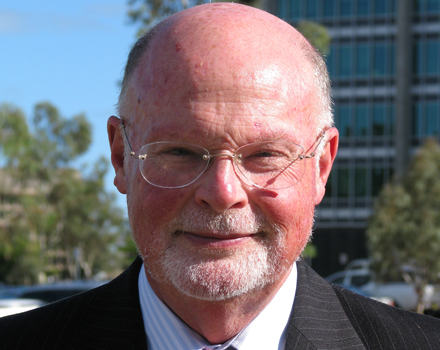Defence readies thin-client tender

The Department of Defence will in the next six months release a tender for thin-client computers after trialling a prototype on HP hardware.

Defence CIO Greg Farr
(Credit: Ben Grubb/ZDNet.com.au)
Defence chief information officer (CIO) Greg Farr told ZDNet.com.au that the tender would be released in the next six months and that he hoped to source the vendor via whole-of-government panels wherever possible. The interim panel which Defence set up for all government agencies to use had provisions for thin client.
The move, hinted at in April 2008, would coincide with Defence's datacentre consolidation plans, Farr said. The department currently has over 8000 servers located in 200 datacentres and aims to consolidate them into less than 10 datacentres.
A recent prototype developed within the department over the "last little while" had been created to see how thin client would work, Farr said. The prototype would allow it to "have a better understanding of where we can use, for example, wireless, where we can actually use thin client, where we need to move to a chubby client or some other sort of technology," he said.
Once satisfied with the prototype, Defence would be going out to the market to see what was available.
"When we've done that, we would expect to be engaging the market, and the market coming back and saying 'We think you could do it this way and this is how quickly we can do it'," Farr said. "I'd expect that within the next six months."
With over 120,000 workstations within Defence, Farr said he had not yet decided how many would be moved to the thin-client computers. "We don't know whether it'll be 100 per cent yet or not, but a large percentage of our desktops we want to move to thin client. That obviously has implications for the datacentres as well," he said.
Technical issues, such as some computers needing to handle high-quality imagery, would determine how many thin clients would be rolled out, Farr said.
"We certainly want to maximise it [the use of thin clients]," he said.
Although Defence was "largely" using Hewlett-Packard (HP) technology in the prototype, it wasn't necessarily what it was going to use for its final roll-out. It was "just the whole thin-client approach" that was being tested, Farr said.
Also signalled in April 2008 was a move to consolidate multiple desktops on Defence personnel's desks.
Currently Defence's restricted and secret networks require two workstations. Farr himself said this week he continued to use two computers on his desk with other personnel sometimes having to use more than two.
He was unsure if the move to thin-client technology would coincide with removal of the need for two workstations. "That's probably a little bit further down the track, where we move to that multi-domain or cross-domain but we have to do that within the next couple of years," he said.
"We have to phase it correctly and at the moment our concentration is on the thin client and on the datacentre consolidation. We'll certainly move to the cross-domain or multi-security domain solutions in the near future but they're not the first cab off the rank."
ZDNet.com.au will soon post its full interview with Defence CIO Greg Farr.